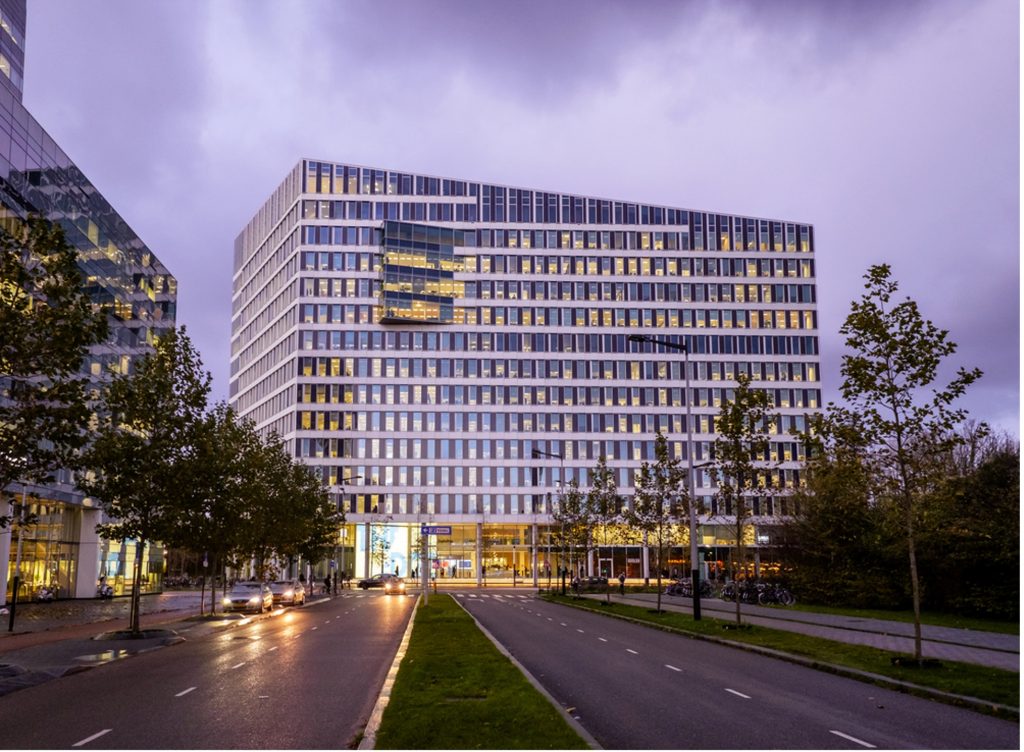
In an era marked by environmental concerns and a collective push towards sustainability in construction, the industry is undergoing a significant transformation. Sustainable architecture is at the heart of this change, a movement that is not just a passing trend but a necessary evolution for a better, more responsible tomorrow.
Sustainable Architecture: A Brief Overview
Sustainable architecture is an approach that seeks to minimise the environmental impact of buildings by enhancing efficiency and moderation in the use of materials, energy, and development space. Historically, construction has been a resource-intensive endeavour, but the tide is turning. Pioneers like William McDonough and Amory Lovins have been instrumental in advocating for buildings that coexist harmoniously with their natural surroundings.
Key Features and Innovations
This architectural revolution is marked by several key features.
- Green roofing, for example, provides insulation and helps in stormwater management and urban heat reduction.
- Solar panels and wind turbines are becoming commonplace, turning buildings into energy producers rather than mere consumers.
- Rainwater harvesting systems and low-flow plumbing fixtures are helping conserve water.
- Sustainable architecture also means using materials that are recycled, renewable, or sourced sustainably, reducing the overall carbon footprint of buildings.
Technological innovations play a pivotal role in this field. Smart energy systems, which optimise energy use, and materials like self-healing concrete and thermochromic glass are pushing the boundaries of what’s possible in sustainable construction.
Transformative Impact on the Industry
The ripple effect of sustainable architecture on the construction industry is profound. It’s leading to a paradigm shift in how buildings are designed, constructed, and operated. While initial costs can be higher, the long-term economic benefits, including lower operating costs and increased property values, are significant incentives.
However, challenges remain. The integration of sustainable practices into existing building codes, training for construction professionals, and the initial cost of green technologies are hurdles that the industry is actively addressing.
Case Studies: Pioneers of Change
Examples of the success of sustainable architecture are numerous. The Edge in Amsterdam, dubbed the world’s greenest office building, boasts a BREEAM score of 98.4%. It’s a shining example of energy efficiency, featuring a solar-powered LED lighting system and an innovative climate control system.
Another example is Milan’s Bosco Verticale (Vertical Forest), a pair of residential towers adorned with over 800 trees. This project tackles urban air pollution and creates a microclimate that produces humidity and oxygen.
Looking Ahead
The future of sustainable architecture is bright and brimming with potential. As technology advances and awareness grows, sustainable practices are set to become the norm in construction. These eco-friendly designs promise not just aesthetic and functional benefits but also a substantial reduction in the overall environmental impact of buildings.
Sustainable architecture is more than just an approach to building; it’s a commitment to a more environmentally conscious and resource-responsible world. By embracing these practices, the construction industry is playing a crucial role in building a better, more sustainable tomorrow.

Alex Minett is the Head of Global New Markets at Veriforce CHAS, the UK’s leading health and safety assessment scheme and provider of risk mitigation, compliance, and supply chain management services. With a working history in the audit and management consulting industry, Alex is experienced in implementing visions and strategies. Skilled in negotiation, management and business development, he is passionate about driving CHAS in its mission to safeguard organisations from risk in the UK. LinkedIn: Alex Minett











